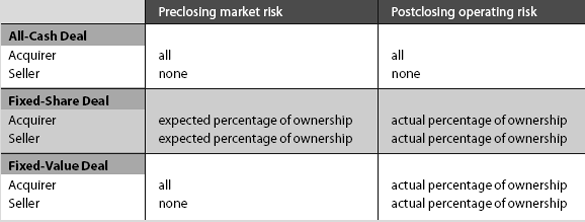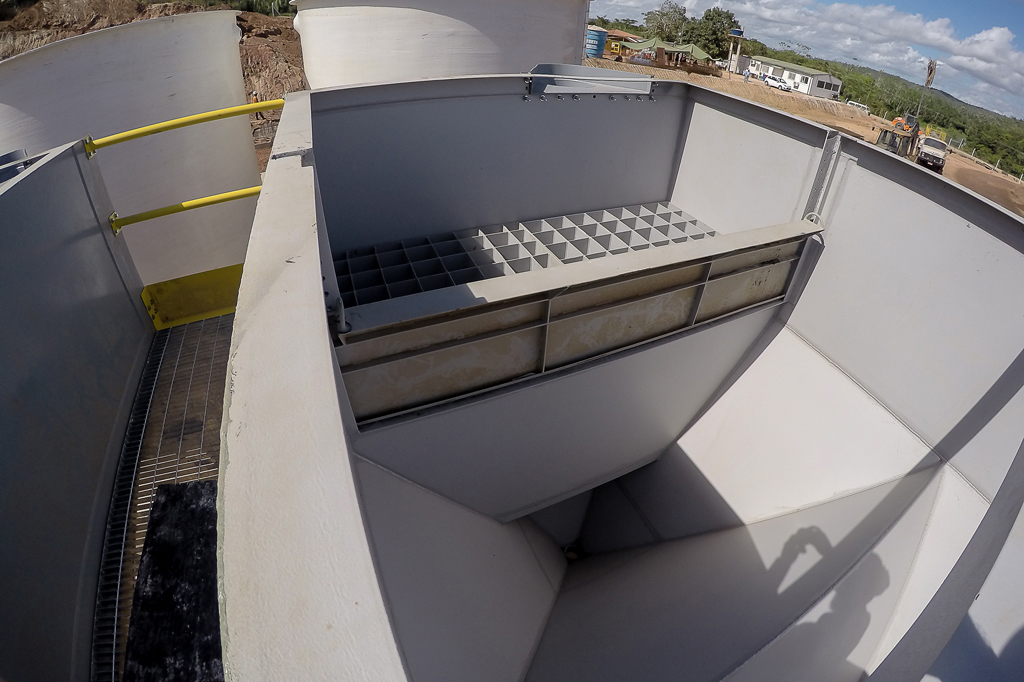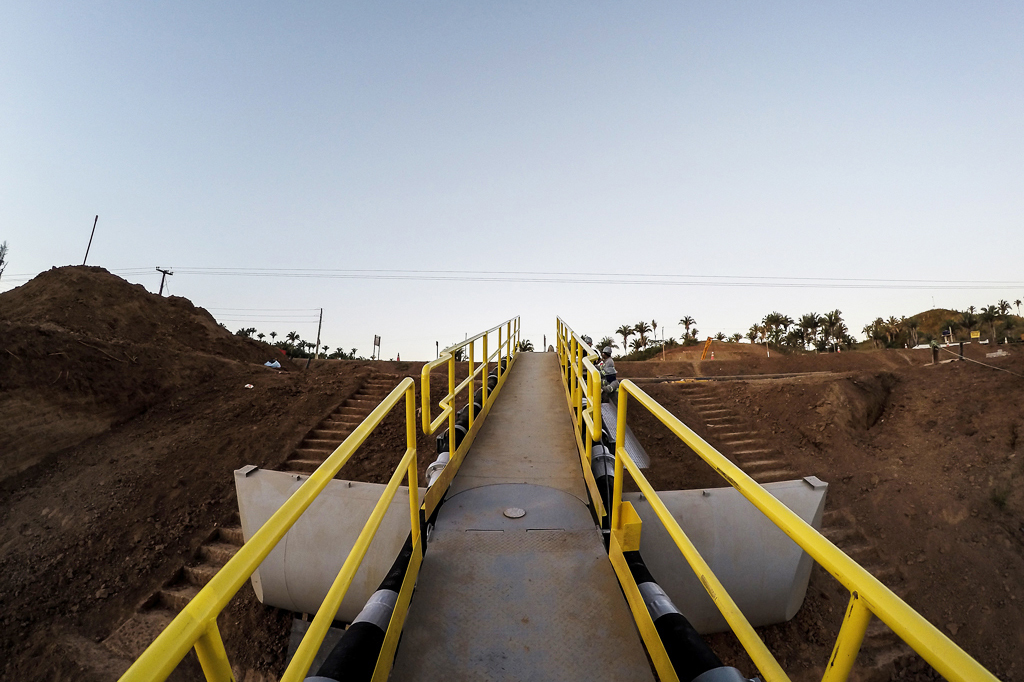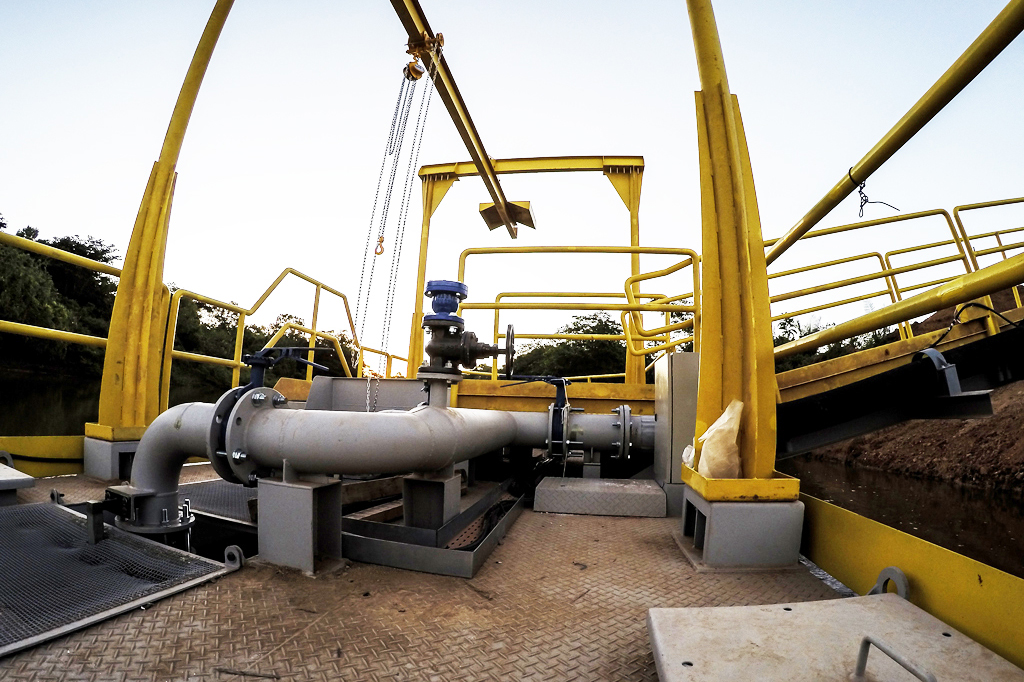Profit margin Wikipedia
Content
It’s a key metric for assessing the financial health of a business, as it indicates how well a company can generate profits from its revenue. Typically, the gross profit margin equation is used to determine the profit margin of a single service or product, allowing you to see the amount of revenue you keep on each item. It is not usually used for calculating the profit margin for the business as a whole. You can use gross profit margin to tell you which items are the most and least profitable. Gross profit margin measures the income left over after accounting for COGS. Your gross profit margin excludes overhead expenses, such as utilities or rent.
- Let’s consider an example and use the formulas displayed above.
- The result above or below 100% can be calculated as the percentage of return on investment.
- Instead, they change in relation to the number of products you sell.
- Also referred to as an aftermarket, it allows investors to trade securities freely without interference from those who issue them.
Dividing this result by $500,000 results in a profit margin of of 0.6. Multiplying 0.6 by 100 expresses the gross profit margin as a percentage, which in this instance is 60 percent. This means that for every revenue dollar the business generates 60 cents in profits before payment of other business expenses. Most small businesses start as “flying by the seat of your pants” operations, with little use of data for decision making.
Who Needs to Calculate Profit Margins?
Profit margin is calculated with selling price taken as base times 100. It is the percentage of selling price that is turned into profit, whereas “profit percentage” or “markup” is the percentage of cost price that one gets as profit on top of cost price. While selling something one should know what percentage of profit one will get on a particular investment, so companies calculate profit percentage to find the ratio of profit to cost.
- Instead, what matters most is whether the company is profitable and whether its margins increase or decrease over time.
- For example, a company has revenue of $500,000; cost of goods sold is $200,000, leaving a gross profit of $300,000.
- When looking at your gross margin, benchmarking against averages in your industry gives you a more accurate picture of how you stack up relative to competitors.
- It’s the profit after deducting all the expenses and costs (e.g., taxes, marketing costs, admin expenses, office rental).
The gross profit margin percentage is one of the key aspects that I need help with. Calculate the net profit margin, net profit and profit percentage of sales from the cost and revenue. For gross profit, gross margin percentage and mark up percentage, see the Margin Calculator. One may calculate the profit margin with the selling price, which is taken as base times 100. In addition, the selling price percentage is turned into profit.
The Importance of Understanding Gross Profit Percentage
However, like most small business owners, you probably do much of the work yourself. Aside from being your own boss, you’re also your accountant, marketer, and salesperson. But, calculating profit margin can be tricky for self-starters. Hiring a competent account manager can help you manage matters in your business that may be difficult to do while trying to sell your products or services.
This guide will walk you through the process of calculating profit margins so that you can keep your business on track. Good Calculators is a platform that comes with a large number of online calculator tools, including a profit margin calculator. You are required to enter the cost and selling price per unit along with quantity and discount values. And it calculates the markup profit along with cost and selling unit values. When it comes to determining the profitability of a specific item, a gross profit margin is sufficient. Nonetheless, net profit margins are a more accurate indicator of overall profitability.
Net Profit Margin
Margins can never be more than 100 percent, but markups can be 200 percent, 500 percent, or 10,000 percent, depending on the price and the total cost of the offer. The higher your price and the lower your cost, the higher your markup. They both use the same sets of numbers, but markup is based on cost, and margin is based on how to calculate profit percentage of a product price. For the example above, if you use the markup formula with a price of $35.38 and a cost of $14.97, you’ll get a markup of 136.34%. I have other items with different costs but I want to maintain the same percentage margin as the first item. For margin this formula seems to only apply when the margin is less than 100%.

If you’re looking for ways to increase your profits, you need to start paying attention to your profit margin. Your profit margin determines how much money you make from your sales. This number is determined by subtracting total expenses from total revenue and dividing that figure by total revenue.
Profit percentage is similar to markup percentage when you calculate gross margin. This is the percentage of the cost that you get as profit on top of the cost. Adobe shows higher revenues of $2,250,000 and higher net profits of $280,000 in its income statements than Oracle, with revenues and net profits of $1,000,000 and $140,000, respectively. But, on calculating both companies’ profit percentages, Oracle outperforms Adobe with a profit percentage of 14% for Oracle and 12% for Adobe. Hence, Mr. Wayne should select Oracle based on profit percentage for fund allocation.
- Learn more about how you can benefit from our management expertise.
- As a business owner, it’s important for you to understand how to calculate your profit margin.
- Due to the high level of competition in the clothing industry, this percentage can be as low as 2%.
- For one thing, it reduces the amount of money left on the table for customers willing to buy at different price points.
This is a simple way to attract new customers who would not have purchased a specific item at a higher price. If you run a commodity or service business, you can charge based on usage. Usage-based billing is popular among utility providers and is gaining traction in the SaaS space. Knowing which pricing models work best in your industry can simplify product pricing and give you confidence that you’re not just guessing.
A formula for calculating profit margin
In any case, your Profit Margin can never exceed 100 percent, which only happens if you’re able to sell something that cost you nothing. InFlow and our advertising partners use tracking to provide personalised offers to give you the full experience. This includes sending you “Targeted Messages on 3rd Party Advertising Platforms” as described in the Privacy Notice.


















































Sobre o Autor